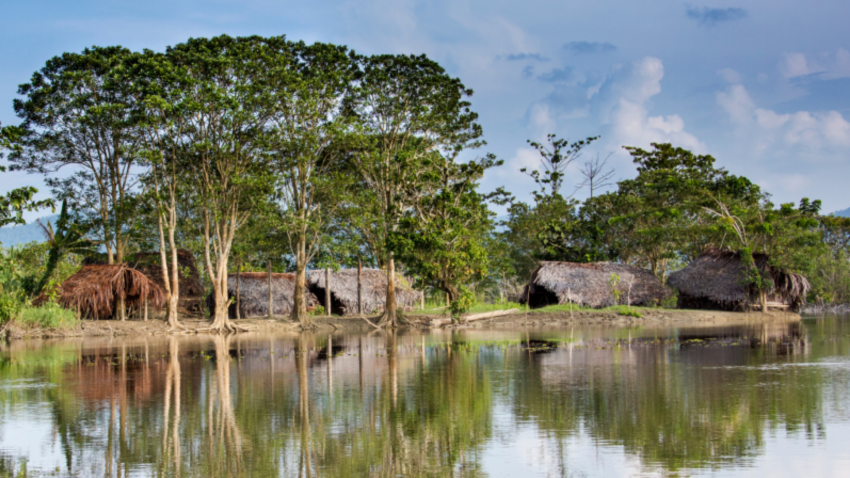The GTA in Papua New Guinea

-
Status of project
Completed -
Region
Oceania -
Country
Papua New Guinea -
Programme
Global Tree Assessment -
Workstream
Saving Plants -
Topic
Conservation Prioritisation
Papua New Guinea is one of the world’s most tree diverse countries, with over 1,200 endemic species. However, the forests of the country face a range of threats and until GTA activity it was not known what impact these threats had on individual tree species.
The Global Tree Assessment for Papua New Guinea, produced IUCN Red List assessments for over 90% of tree species endemic to Papua New Guinea. Assessments compiled information on extinction risk, major threats, conservation and research needs for the country’s tree flora. Work is still being done to complete the remaining assessments for PNG’s native tree flora, which totals over 2,000 species. Many of these species occupy the country’s rain forest, which is the third largest remaining contiguous rain forest.
To complete assessments for PNG’s trees we partnered with Papua New Guinea Forest Research Institute and specifically worked with Tiberius Jimbo a member of the IUCN Species Survival Commission (IUCN SSC) Global Tree Specialist Group (GTSG). The first assessments for this project were completed in late 2018, using the GTA’s Least Concern assessment methodology. Following this a workshop was held in Lae Botanic Gardens and Herbarium, Papua New Guinea. Here several PNGFRI staff members and university professors were taught the IUCN Red List Categories and Criteria. Assessments were submitted a few months later and since this time Tiberius has completed over 1,000 assessments for the country’s native and endemic trees.
So far major threats to trees in Papua New Guinea have been identified as small holder and shifting agriculture and logging. Mining is also a major threat alongside urbanisation and wood and pulp plantations. These threatening activities occur across the country and there is a high annual rate of forest loss recorded for the country. Currently only 4% of land is designated as protected areas in Papua New Guinea. It is hoped that producing red list assessments for the trees will lead to better protection of trees and forests in this biodiversity hotspot.
The results of these assessments were published in 2023 in Barstow, M., Jimbo, T. and Davies, K., 2023. Extinction risk to the endemic trees of Papua New Guinea. Plants, People, Planet, 5(4), pp.508-519.